The origins of pasta spark lively debates among historians and food enthusiasts alike, yet Italy is unquestionably the birthplace of this delicious and versatile staple. Renowned for its passion for culinary excellence, Italy produces over 3 million tons of pasta yearly, underscoring its significance in Italian diets and global food culture. Pasta extends far beyond the familiar noodles adorned with classic red sauce;
it is a key ingredient in countless dishes, transcending the traditional pairing of spaghetti and meatballs. The diversity of pasta is truly remarkable, with approximately 350 distinct varieties, each boasting unique shapes, textures, and specific culinary applications. Adding to this allure, around 1,400 additional names and regional variations are found throughout Italy and beyond. Despite this vast array, many individuals tend to stick to the pasta shapes they know and love, thus limiting their culinary experiences.
To inspire you to expand your palate and explore various dishes and combinations, this post will highlight the 10 most popular pasta types in cooking, celebrating the rich heritage of this timeless food and its myriad possibilities. Prepare for a delectable journey through the world of pasta, where each shape and texture conveys its own story and promises a unique dining experience!
Life is a combination of magic and pasta.
-Federico Fellini
Ir Para a Seção
- History
- Capellini
- Fettuccine
- Fusilli
- Farfalle
- Linguine
- Orecchiette
- Rigatoni
- Pappardelle
- Penne
- Spaghetti
History
You can also watch this and other exclusive GA Originals on YouTube.
Pasta is one of the most universal and adaptable foods worldwide, found in diverse cultures ranging from simple fare to intricate gastronomic delights. Its history spans thousands of years, deeply intertwined with various culinary traditions. The roots of pasta are often traced back to ancient China, where records indicate the existence of noodles over 4,000 years ago. The Chinese excelled at transforming grains into various food forms, with noodles being a notable example. Crafted from wheat flour and water, this staple proliferated across the country, evolving into numerous dishes like the famous “lamian,” characterized by hand-stretched dough.
Pasta’s journey continued westward via the Silk Roads, where ancient Romans, influenced by Greek and Etruscan cuisines, began to innovate with flour and water combinations. During the Roman Empire, distinctive recipes emerged, giving rise to shapes like lasagna and ravioli. Following the empire’s decline, pasta-making stagnated, but the Middle Ages ushered in a revival of trade and cultural exchange that would breathe new life into this culinary staple. As new ingredients like eggs and spices were introduced, pasta became more elaborate, particularly in Italy, where regional styles took shape, leading to iconic dishes such as tagliatelle, fettuccine, and gnocchi.
The Age of Discovery further propelled pasta’s expansion, bringing it to the Americas. In Brazil, for instance, Italian immigration in the late 19th and early 20th centuries infused local cuisine with pasta culture, popularizing favorites such as pasta bolognese and lasagna, and showcasing the food’s ability to adapt and thrive in diverse culinary landscapes.
The industrial advancements in pasta production since the 19th century have democratized access to this beloved food, resulting in varieties like spaghetti, penne, and fusilli that cater to various tastes and preferences. Today, options abound, including whole grain, legume-based, and gluten-free pasta, addressing the nutritional needs of a diverse audience.
Beyond its nutritional value and versatility, pasta also holds cultural significance as a symbol of unity and celebration. During festive gatherings and family events, many prepare pasta dishes as expressions of love and community. The tradition of making pasta at home persists in numerous families, reflecting the deep cultural roots of this cherished food.
Thus, pasta’s history encompasses more than the evolution of a single recipe; it embodies human creativity, cultural exchange, and the enduring adaptability of a dish that continues to enchant palates around the globe. Through its myriad shapes and flavors, pasta fosters connections and tells stories, securing its vital role in global gastronomy.
Capellini
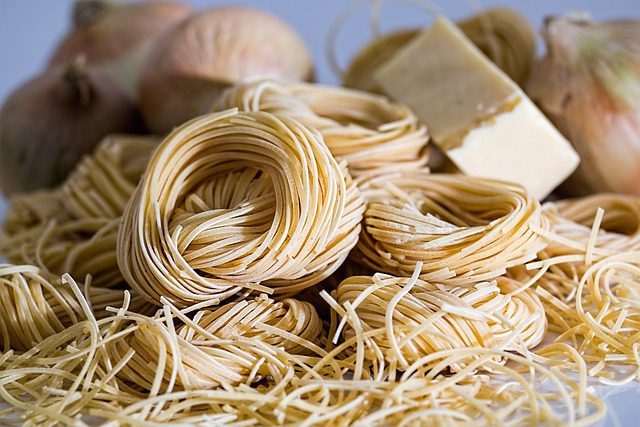
Capellini, commonly referred to as angel hair pasta, is one of the thinnest and most delicate pasta varieties, boasting a remarkably small diameter of about 0.9 millimeters. This ethereal thinness gives capellini a uniquely silky texture, making it a popular choice in various culinary dishes.
Its slender, elongated form allows for rapid cooking, resulting in a tender, delightful consistency. Because of this distinctive quality, capellini pairs beautifully with light, subtle sauces, such as a simple blend of olive oil, garlic, and fresh herbs, or a delicate tomato sauce that enhances its flavor without overpowering it.
In contrast, when served with rich, hearty meat sauces, capellini can become lost, leading to a less harmonious dining experience. Thus, cooks should thoughtfully consider the combination of sauce and pasta type to highlight the exquisite subtlety and elegance that capellini provides.
Fettuccine
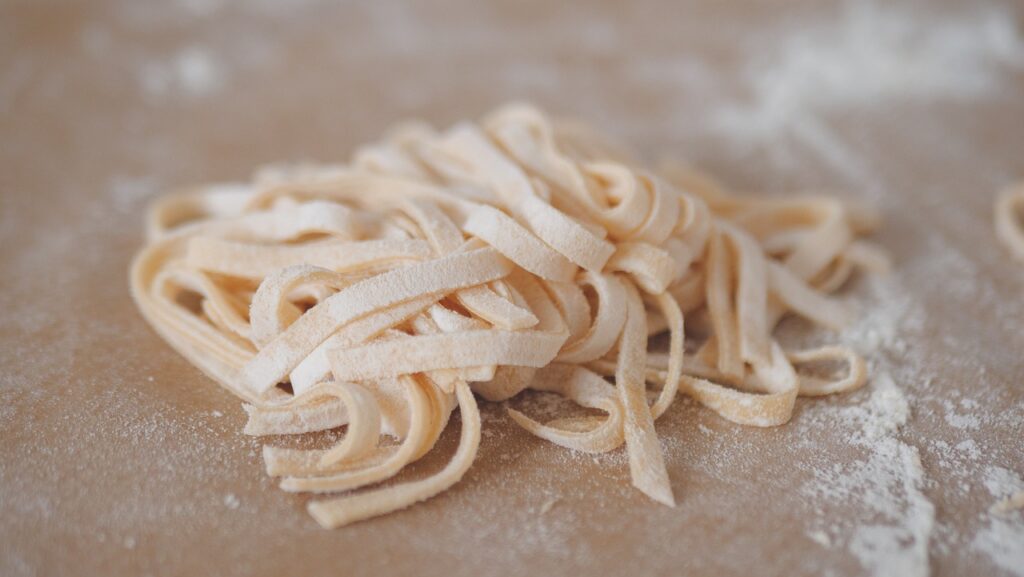
Fettuccine is a type of pasta distinguished by its flat, wide, ribbon-like shape. This unique design imparts notable strength, enabling it to retain its texture during cooking while blending seamlessly with a wide array of sauces.
This adaptability makes fettuccine a beloved ingredient in culinary circles, particularly in Italian cuisine. Among the many dishes featuring this pasta, the most renowned is undoubtedly fettuccine alfredo, a delightful pairing of pasta with a rich, creamy sauce crafted from butter and parmesan cheese. This classic dish stands as an icon of gastronomy, captivating taste buds globally.
Beyond fettuccine alfredo, this pasta lends itself to countless other preparations, from vibrant tomato-based sauces to more intricate dishes that incorporate ingredients like mushrooms, chicken, or seafood. Consequently, fettuccine is not merely a type of pasta; it serves as a culinary foundation for a diverse range of mouthwatering creations.
Fusilli
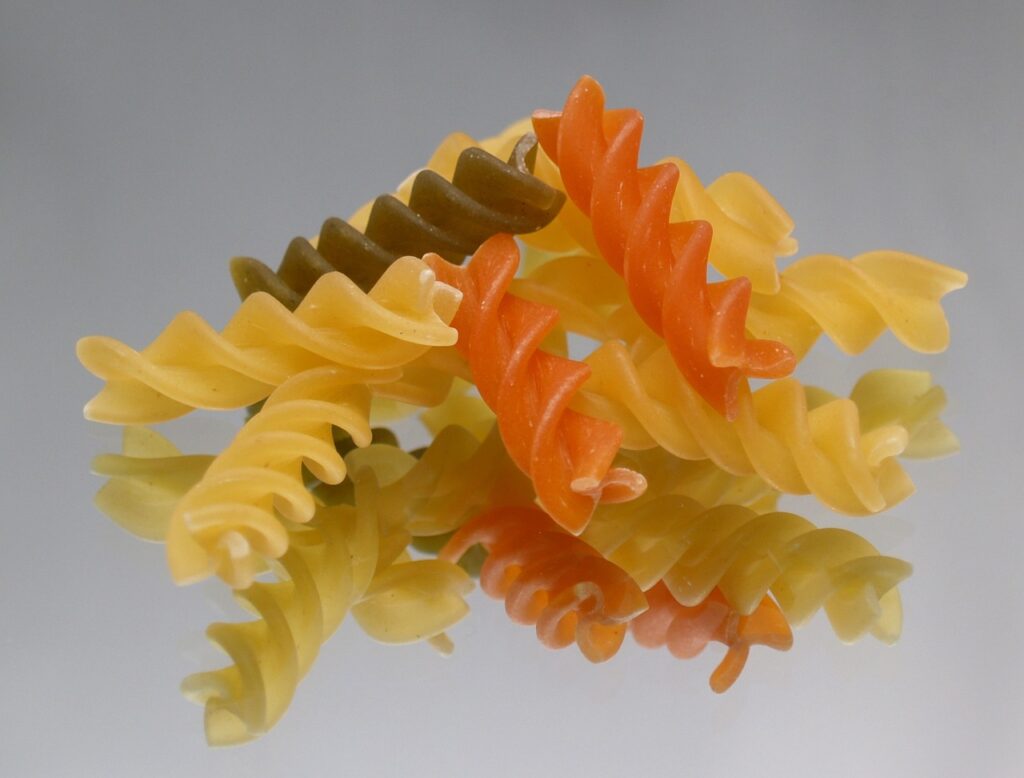
Fusilli is a distinctive pasta characterized by its short, twisted shape and graceful spirals, which add to its visual appeal. The name “fusilli” comes from a traditional tool known as a “spindle,” used in wool twisting, reflecting its artisanal roots and craftsmanship.
This connection to the twisting technique gives the pasta a unique identity and a rich history that captivates culinary enthusiasts. Its spiral form is particularly effective for clinging to various sauces, allowing robust meat-based sauces like hearty ragù and creamy ricotta blends to coat its curves, delivering a delightful culinary experience.
Each bite bursts with flavor, as fusilli captures solid bits and liquid sauce alike, transforming every dish into a vibrant celebration of textures and tastes. Furthermore, fusilli’s versatility makes it ideal for numerous preparations, from refreshing cold pasta salads that showcase its lightness to hearty hot dishes that satisfy the soul. As a result, fusilli is the perfect choice for those seeking a harmonious mix of simplicity and elegance in their meals, catering to diverse tastes and occasions.
Farfalle
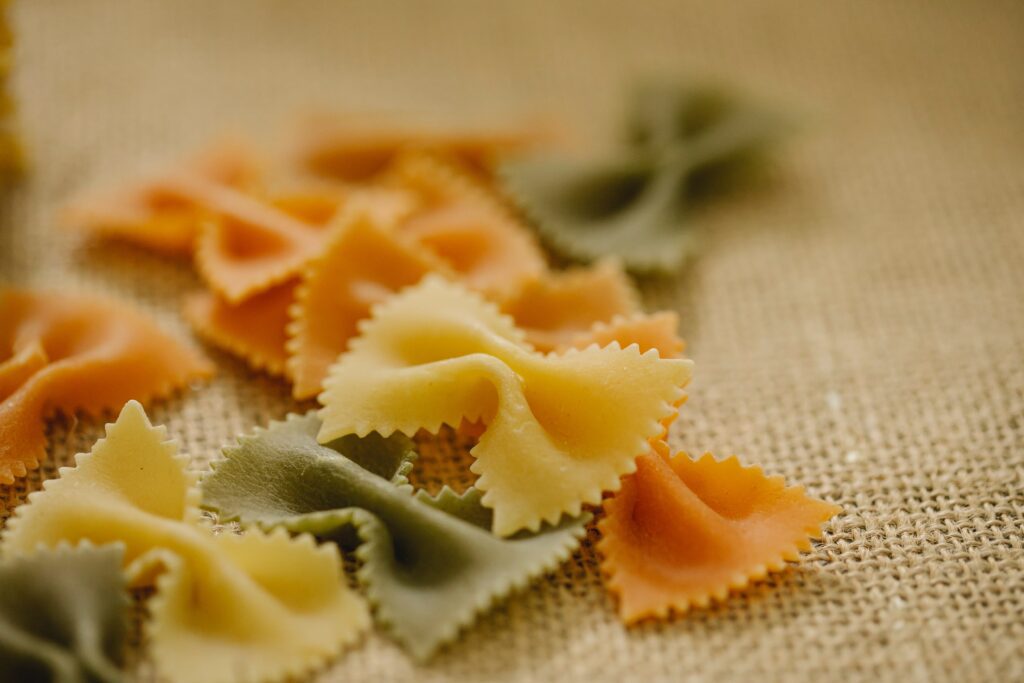
Farfalle, often referred to as bowtie pasta due to its unique shape, is a versatile and beloved pasta variety in culinary circles. Its distinctive form not only adds visual charm but also makes it a superb accompaniment for a myriad of sauces and ingredients.
Farfalle is suitable for virtually any pasta recipe and works particularly well in meat dishes, whether featuring chicken, pork, or even heartier options like lamb. It harmonizes beautifully with an array of vegetables, both fresh and cooked, allowing the vibrant flavors of the ingredients to take center stage.
Consequently, farfalle is a fantastic choice, celebrated not just for its appealing aesthetics but also for its talent in enhancing and balancing flavors, elevating any meal. Whether used in salads, hot entrees, or baked casseroles, this pasta remains an essential staple in the kitchen.
Linguine
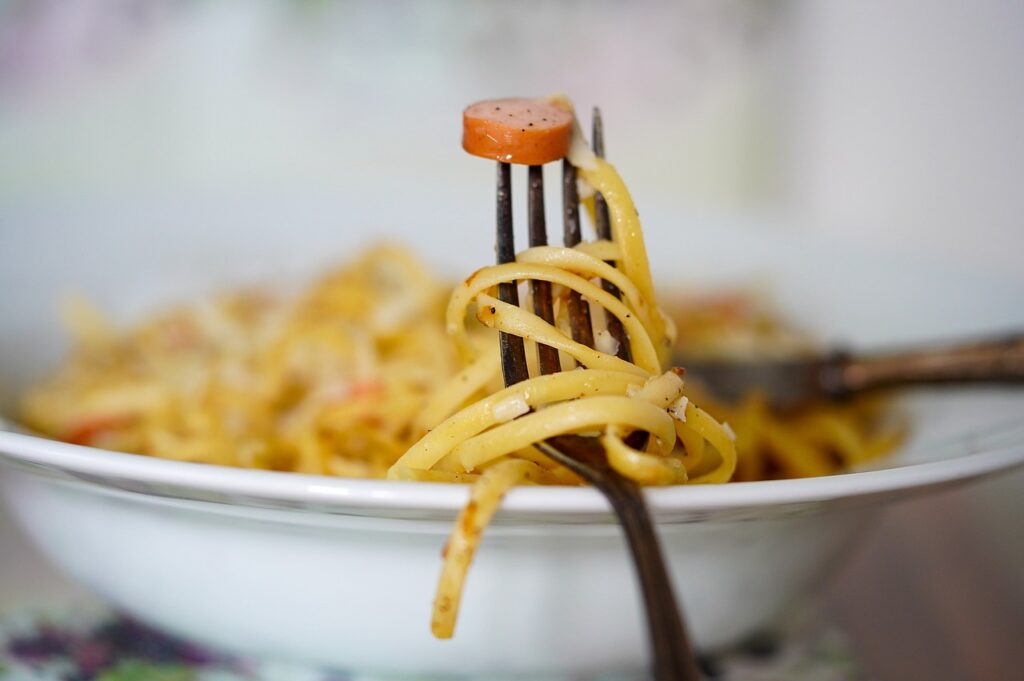
Linguine is a unique type of pasta distinguished by its long, thin, flat shape, which sets it apart from other varieties. Its delicate texture and versatility in cooking make it a favorite among chefs and home cooks alike.
While it can complement a wide array of dishes, linguine is particularly celebrated for its pairing with seafood-based preparations, such as sauces featuring shrimp, mussels, and squid. Its texture allows it to soak up flavors beautifully, making it suitable for both simple and elaborate recipes.
Additionally, the shape of linguine works wonderfully with fresh, aromatic ingredients like herbs and olive oil, enhancing the culinary experience. Hailing from Italy, linguine adds a Mediterranean flair that captivates taste buds around the globe, making it an excellent choice for lovers of Italian cuisine and seafood.
Orecchiette
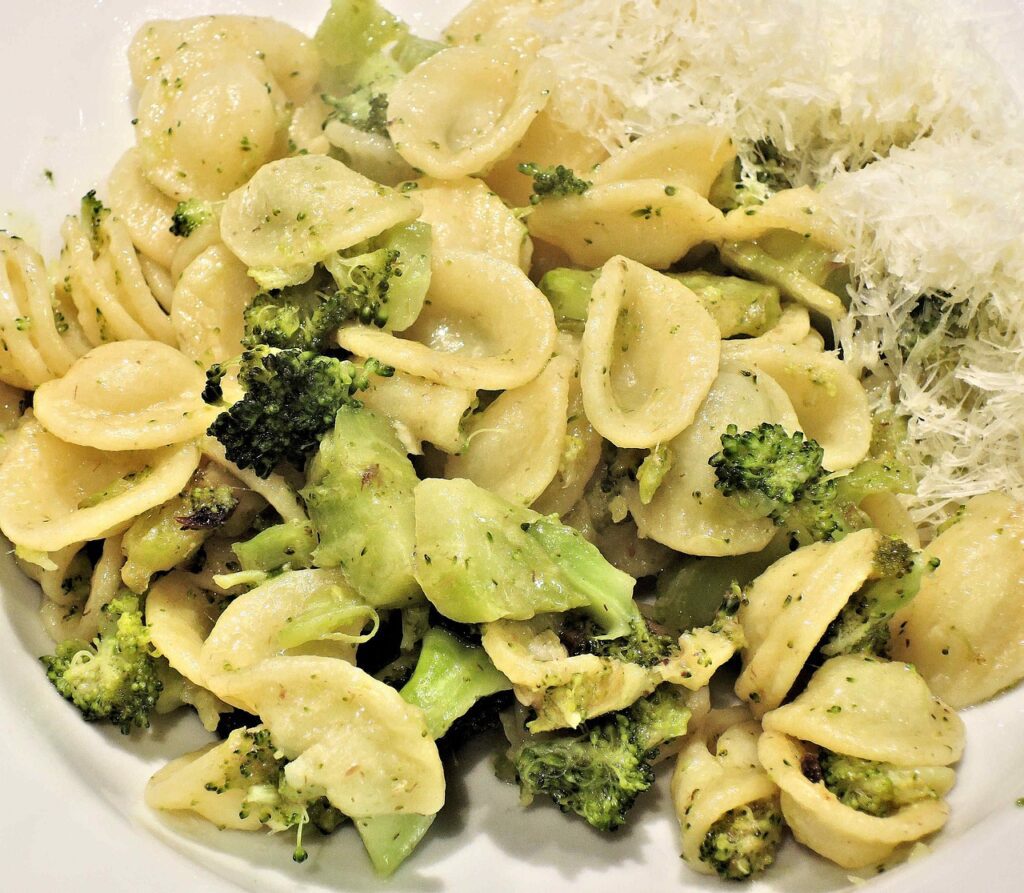
Orecchiette, meaning “little ears” in Italian, derives its name from its distinctive, concave shape. This unique form serves both aesthetic and practical purposes. The rounded, delicate contours of orecchiette allow it to hold sauces particularly well, ensuring that every drop of flavor is embraced by the pasta.
Perfectly suited for tomato-based sauces frequently found in Italian cuisine, orecchiette also complements fresh vegetables like broccoli and kale, as well as heartier ingredients such as meats and legumes. Thus, orecchiette not only delivers a delightful taste but also offers a rich, textural experience that pleases palates of all ages, creating an explosion of flavor in every bite.
Rigatoni

Rigatoni is a popular type of short, tube-shaped pasta, particularly favored in southern Italy. With its distinctive grooved edges and sturdy structure, rigatoni is ideal for pairing with thicker, heartier sauces. The tubular shape allows sauces to cling perfectly to its grooves, creating a delightful embrace for bits of vegetables, meats, and other flavorful ingredients, enriching every bite.
Beyond its adaptability in sauce-based dishes, rigatoni also excels in baked preparations, like the beloved pasta gratins. It pairs beautifully with melted cheeses, creamy sauces, and an array of vegetables or meats, resulting in comforting and delicious meals. Thanks to its robustness, rigatoni retains its al dente texture and shape even after baking, making it a cherished choice in both professional kitchens and home cooking.
Whether preparing for a quick weeknight dinner or a special gathering with loved ones, rigatoni not only pleases the palate but also serves as a celebration of Italy’s rich culinary heritage, reflecting the passion and dedication found in the cuisines of regions like Campania and Sicily.
Pappardelle
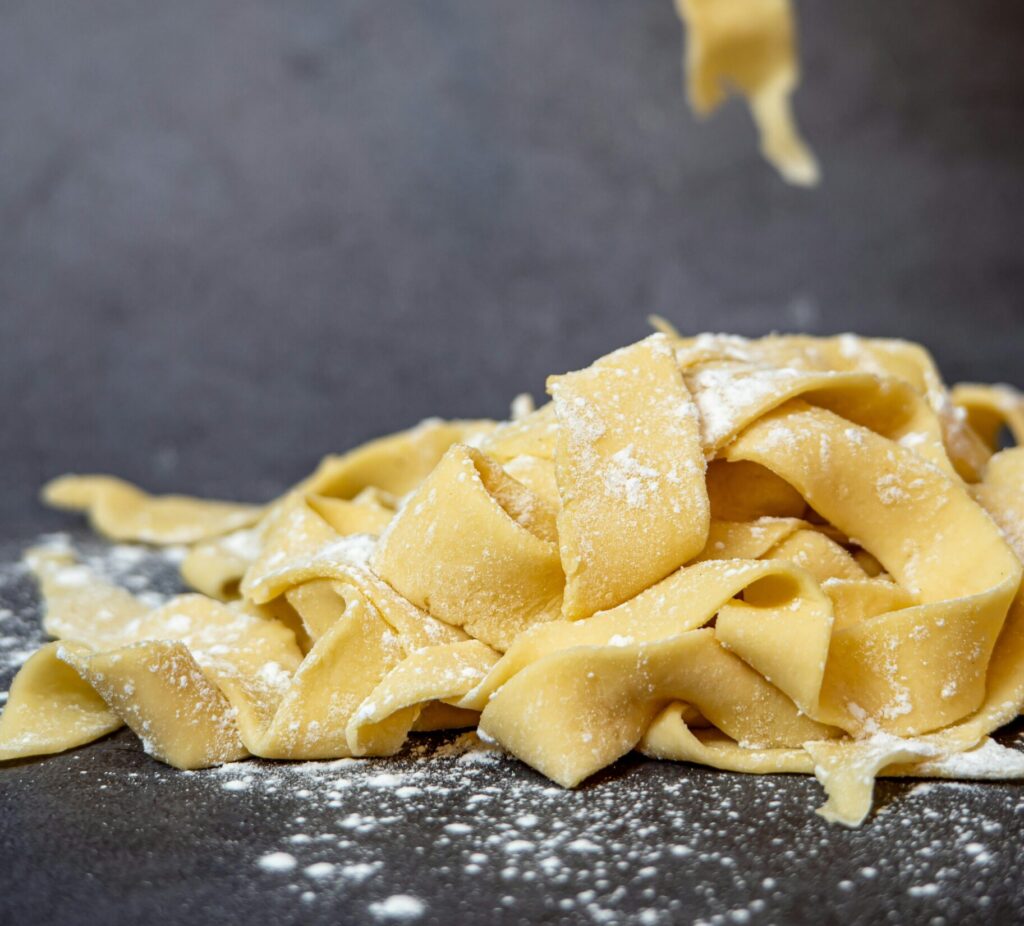
Pappardelle is an Italian pasta known for its flat, wide shape, akin to fettuccine. However, the key distinction lies in their widths: while fettuccine is narrower, pappardelle is notably broader, offering a unique texture ideal for pairing with specific sauces.
This shape makes pappardelle especially popular in regional Italian cuisine, particularly in hearty meat sauce dishes like the traditional Bolognese. Its width allows it to absorb and cling to sauces more effectively, enhancing the overall flavor and providing a fulfilling dining experience.
Additionally, pappardelle pairs beautifully with slow-cooked meats, such as wild boar or lamb, which showcases its versatility and earns it the admiration of many culinary enthusiasts.
Penne
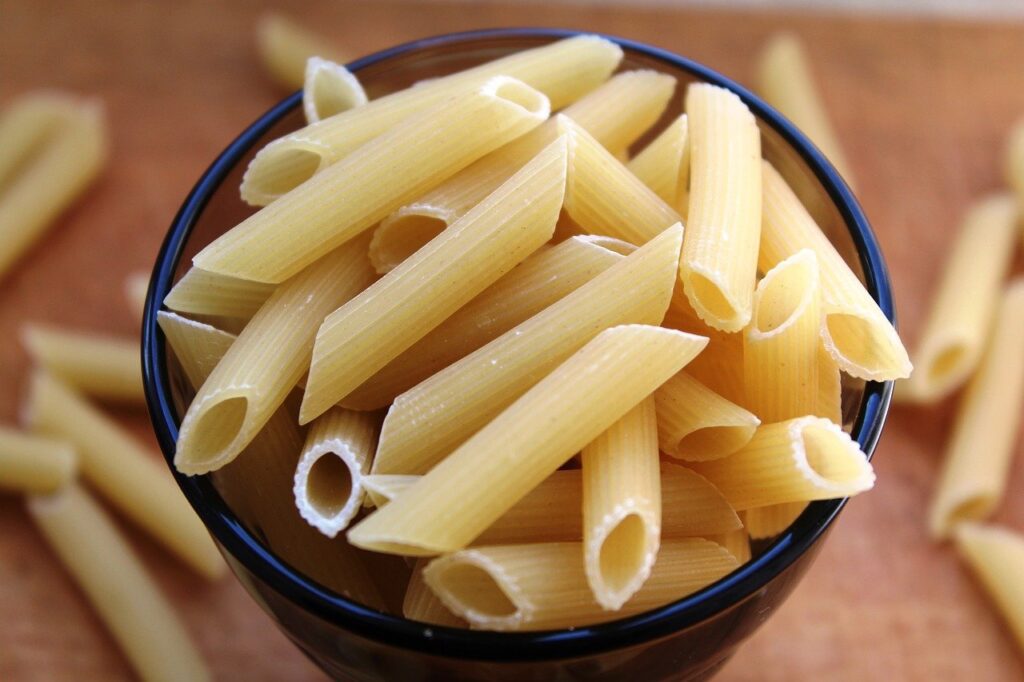
Italy’s most beloved pasta is undoubtedly penne, a choice that has captivated taste buds across the globe. This delightful pasta variety, known for its distinctive short, hollow tube shape, pairs seamlessly with an array of sauces and ingredients, making it a remarkably versatile staple in Italian cuisine. Available in two variations—penne rigate, featuring its ridged surface, and penne lisce, boasting a smooth texture—penne is adept at holding sauces of varying consistencies.
Its shape effectively embraces hearty, meat-based sauces filled with succulent pieces, delivering a burst of flavor with every bite. Additionally, it harmonizes beautifully with lighter options, such as creamy sauces, which envelop the pasta completely, creating a satisfying culinary experience that caters to diverse palates.
Penne’s adaptability extends beyond sauces; it can also be paired with an assortment of ingredients, like fresh vegetables that add color and crunch, or melted cheeses that contribute an irresistible creaminess. This remarkable versatility secures Penne’s status as a favorite not only in Italy but around the world. Whether featured in a simple homemade dish or an elaborate feast, penne consistently shines as a delicious and welcome addition to any table.
Spaghetti

Literally translated as “strings of string,” spaghetti is perhaps the most recognized and cherished pasta in the world. Measuring around 30 centimeters in length, this delicacy boasts a unique texture that lends itself well to an array of culinary creations. Often linked to classic Italian cuisine, spaghetti shines in beloved dishes like Carbonara and Puttanesca, which showcase its flavor and versatility.
The creamy egg yolk and pecorino cheese sauce of Carbonara beautifully complements the pasta, while Puttanesca—crafted with tomatoes, olives, and capers—adds a bold intensity and richness to the dish. These recipes not only celebrate the inherent simplicity of spaghetti but also demonstrate how the right ingredients can transform a meal into a heartfelt expression of culinary artistry.
Bottom Line
Undoubtedly, some of the most cherished pasta among food enthusiasts include capellini, fettuccine, fusilli, farfalle, linguine, orecchiette, rigatoni, pappardelle, penne, and spaghetti. These shapes are not only significant in the culinary world, but they also embody the rich history of pasta, highlighting the diverse cultural and regional influences of Italy and other countries that embrace this beloved tradition.
Over the centuries, both pasta shapes and recipes have evolved, yet they remain central to gastronomy, uniting people over comforting and delicious meals. Consequently, understanding the unique qualities and heritage of each pasta type is crucial for fully appreciating them and enhancing our culinary experiences.
Did you like this article?
I hope this article has helped you understand how to improve your skills. To learn more, take a look at Is It Safe To Wash Meat Before Cooking?
Leave a comment below and share our content. Help our community grow by following our social media on Spotify, Instagram, Facebook, YouTube, and TikTok. And stay up to date with the news from the world of Gastronomy.
Don’t forget to tag @gastrovinoacademy on Instagram and hashtag it #gastrovinoacademy.
Cheers 🍷


